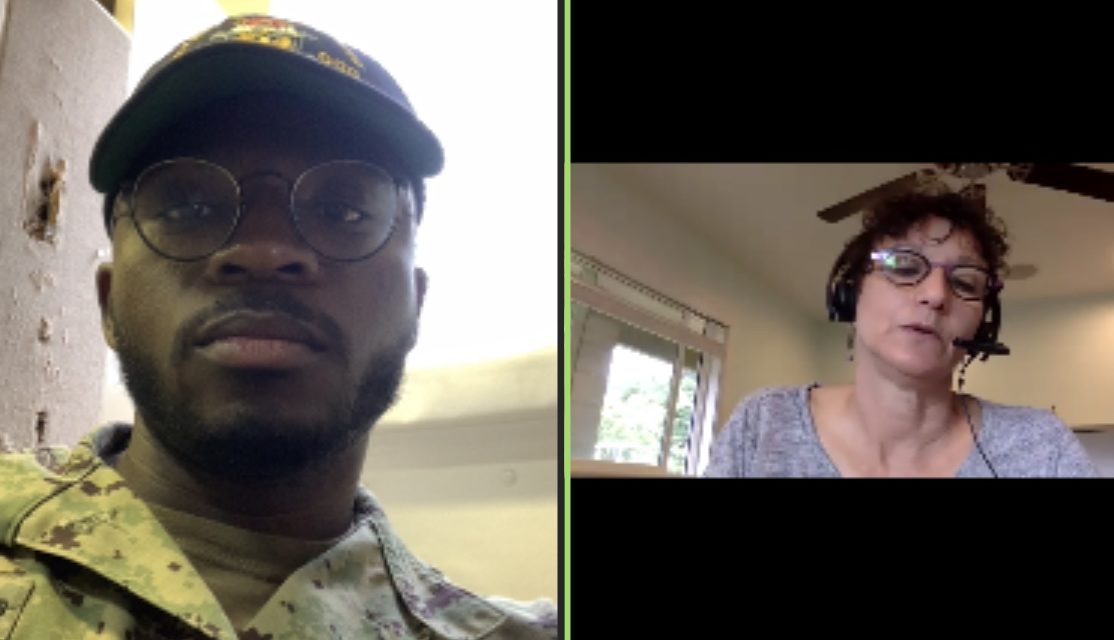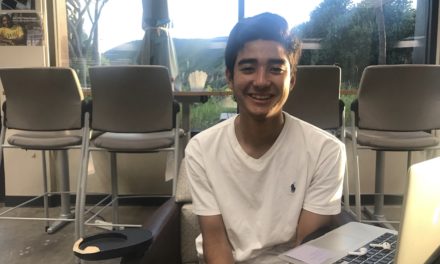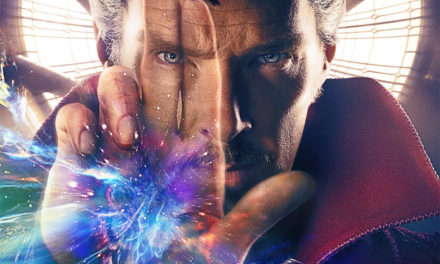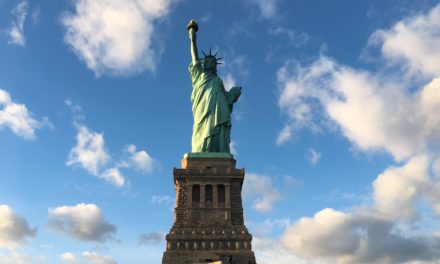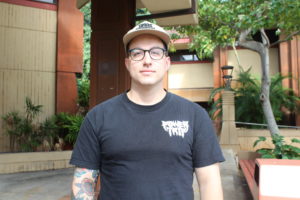By Tyrone Simmons Jr. | Staff Writer
The coronavirus pandemic has brought unprecedented change to the world. Curfews have been enacted, businesses have closed, and sporting events have been suspended.
Although these alterations are some of the most drastic we’ve seen in over half a century, the most drastic measure was the closure of schools across the nation. A first-of-its-kind measure.
When reports of school districts in Washington and Ohio shutting their doors reached me in early March, I never thought that such actions would be needed or even debated in Hawaiʻi. Though being the most isolated archipelago in the world can have its downsides (airfare is hardly economical), it is of great advantage during a global pandemic; the vast oceans providing natural barriers to unwanted movement. Sure, Hawaiʻi is a tourist destination for many people across the globe, but there were only two, I repeat, two, cases in the state at the beginning of March, and that number held for a significant amount of time compared with other states whose numbers grew daily.
Due to the inaction of the Hawaiian government, which could’ve enacted stringent travel and community restrictions from the beginning (instead of waiting for it to become the trendy thing to do), two exploded into 175 (as of March 29), with more certainly on the way.
As the government saw the number of coronavirus cases outpace their preparedness, there went our schools and our students’ academic livelihoods. The fact is that the people under the “elected officials” tab on Hawaii.gov were blessed with the perfect natural solution to the coronavirus pandemic. Hawai‘i is already isolated. It’s already socially distant.
But Gov. David Ige and company dropped the ball and we, the students, have to pay for it – literally. When Kapiʻolani Community College students registered and paid for in-person, face-to-face classes like I did, that’s exactly what we wanted! If we thought online instruction would suit our needs and abilities, we would have taken online classes from the beginning, but now, we are stuck with them.
Distance learning is hardly an adequate replacement for the traditional classroom setting. We know this intrinsically because most students (who are able) prefer the classroom over the chat-room even though online classes are, in a sense, easier than in-person classes. Online classes are flexible with most not having dedicated meeting times. Assignments are completed when best for the individual.
In today’s busy world, and as more industries move toward the cyber-sphere, online education may seem like the natural companion of a digitized world, but the majority of students soundly reject that idea. Despite how other industries have technologically advanced, education has changed very little from mid-century (and most of that change was social). Part of this is because students understand the value of a real, face-to-face communal education.
Additionally, online classes move the academic environment to a place riddled with distractions. Much has been written on the declining attention spans of students and the population as a whole. This is in large part due to the corrupting nature of the “internet ethic,” written about in Nicolas Carr’s 2010 Pulitzer Prize shortlisted book “The Shallows.” As Carr explains, technologies that we use to interact with the world can reroute the activity in our brains. The instantaneousness and “small-bite” sampling that is typical of internet use has made deep thought, focus, and creativity much harder to do for long, uninterrupted periods.
It just so happens that deep thought and creativity are essential skills for academic success. Making online classes the new standard in the aftermath of the virus is not in the best interests of the students’ education. Online classes will continue to compete with social media, online shopping, video games, pornography, and movie/TV streaming, all of which generate the dopamine hits that keep multiple tabs open but the ability to concentrate closed.
While many will agree that an online shift will harm academic rigor, they’d concede the point that it benefits the heath of the students. I will not concede this. Closing schools did not give any student, anywhere, protection from the virus. COVID-19 isn’t limited to college campuses. It isn’t limited to high school gyms and cafeterias. It’s everywhere. The only thing that will benefit the heath of the students is — get this — education.
Learning about the virus, how it spreads, how to protect yourself from contracting it or prevent yourself from transmitting it, is what will benefit the heath of the students. Schools can be closed all day long, but if students aren’t taking precautions and following public heath guidelines, then they run a very high risk of being infected (and passing that infection along) anyway. The role of schools and colleges during a pandemic is to be the curators and distributors of this information. Hawai‘i and states across the nation have forgotten this.
What makes matters worse is that fake news and disinformation campaigns, foreign and domestic, threaten to muddy the facts about the virus (read my colleague Estefania Magdalena’s article on the matter here). As students spend more time at home and online, this becomes an especially nefarious problem, exacerbated by that fact that schools are closed and thus not in an ideal position to redirect students to verifiable sources.
Listen, if it’s OK for me to go to McDonald’s and stand in a line of 25 people to secure a Big Mac with cheese, while touching bacteria-infested surfaces and interacting with people at a distance of less than 6 feet, why can’t I sit in a class of the same number? In a class you can control those person-to-person variables even more by separating where students sit to meet guidelines. You can have hand sanitizer at every table. You can have students disinfect the room before leaving – like I had to do in every Navy-sponsored school even before the virus. For those students who feel sick — stay home, get tested.
While I understand that dining rooms are closed, the ability to walk in a restaurant, order, then take your food with you, is open at most places. Banks are open, city services like the fire department, police, and ambulances, are still operating. We understood that closing these institutions would cause too much social damage, so why didn’t we realize the same about our schools, which are just as important? Education is an “essential” service too.

